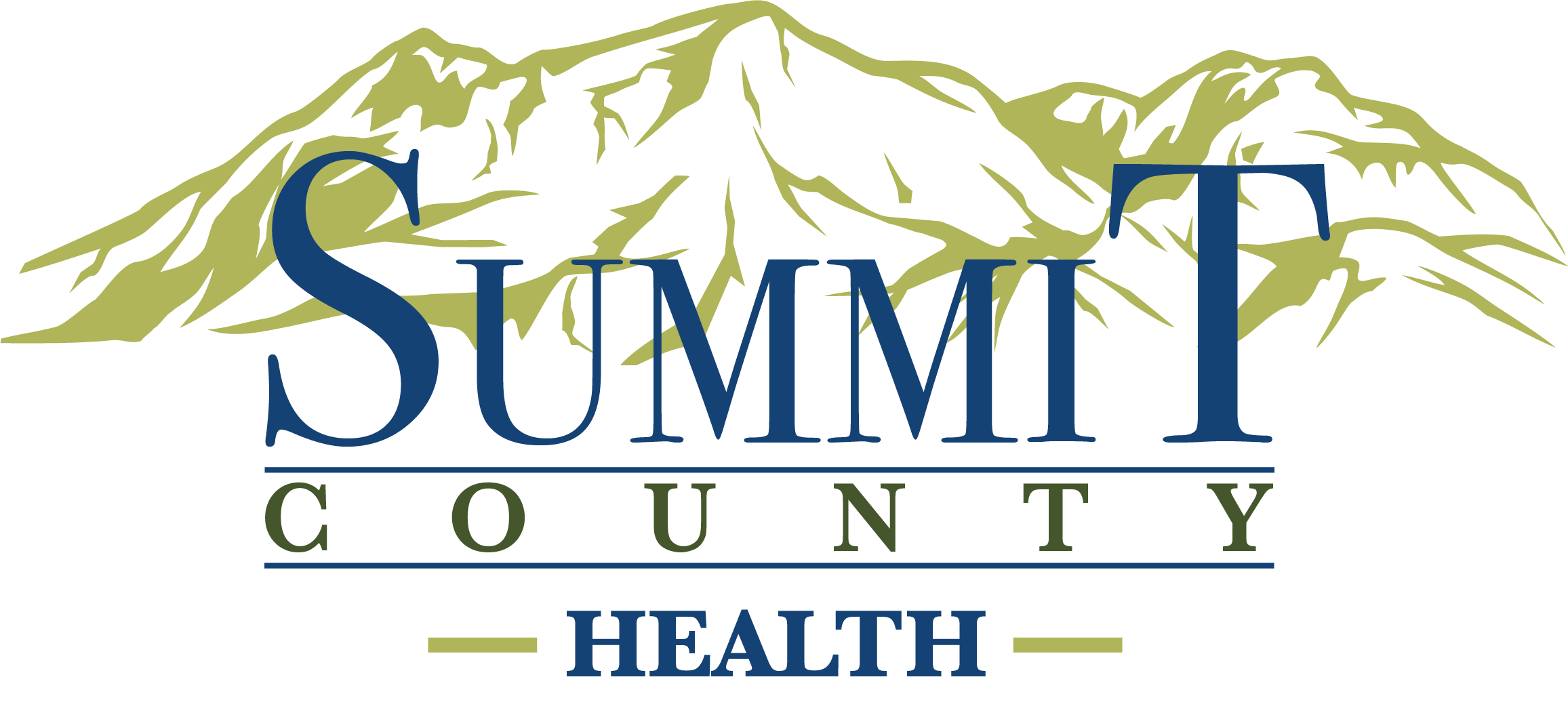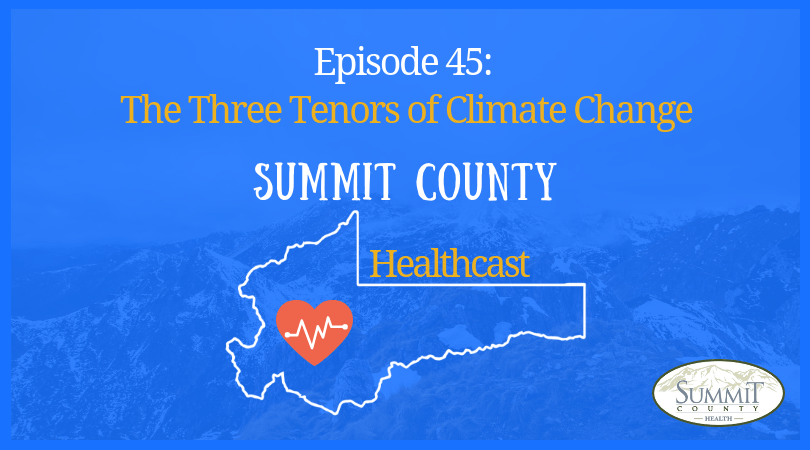Podcast: Play in new window | Download
Subscribe: Apple Podcasts | RSS
As part of Climate Awareness Week, Summit County Sustainability hosted the Three Tenors of Climate Change — climatologist Dr. Ben Santer, Global Health Specialist and ER Physician Dr. Hernando Garzon, and award-winning documentarian Chip Duncan — at the Salt Palace Convention Center on the evening of October 4. In this episode, we chat with the Three Tenors to discuss the evidence and effects of climate change as well as the impacts of climate change in Summit County and Utah as a whole.
Dr. Santer, Dr. Garzon, and Mr. Duncan made their first-ever appearance in Salt Lake City for a 90-minute discussion in which each individual shared their personal stories along with research and documentation related to the current global climate debate. Discussion centered around superstorms, rising temperatures, failed crops, prolonged drought cycles, melting sea ice, retreating glaciers, multi-billion dollar insurance claims and rising death tolls associated with climate change.
As a scientist with more than three decades of his life and career dedicated to climate research at the Lawrence Livermore Lab, Dr. Ben Santer tells the story of a warming climate through computer modeling and satellite imagery accented by personal stories that begin with his participation in the 1995 report of the Intergovernmental Panel on Climate Change
Considered one of the world’s leading experts on global disaster response during the past generation, Dr. Hernando Garzon weaves a personal story that begins with his work navigating crises like 9/11, the Haitian earthquake and West Africa’s Ebola crisis while addressing a noticeable shift to climate-related disasters such as Puerto Rico, New Orleans, sub-Saharan Africa, and the Ayerwaddy Delta region of Burma. According to Dr. Garzon, human-caused climate change is now impacting global health and loss of life through increased damage related to storms and climate events.
A board member for the Juneau Icefield Research Program along with Santer and Garzon, Chip Duncan has been documenting the glaciers of North America’s St. Elias region and the Juneau Icefield annually since 1991.
Things we discussed in this episode:
- Juneau Icefield Research: http://juneauicefield.org/
- Utah Climate Week: https://www.utahclimateactionnetwork.com/



Leave A Comment